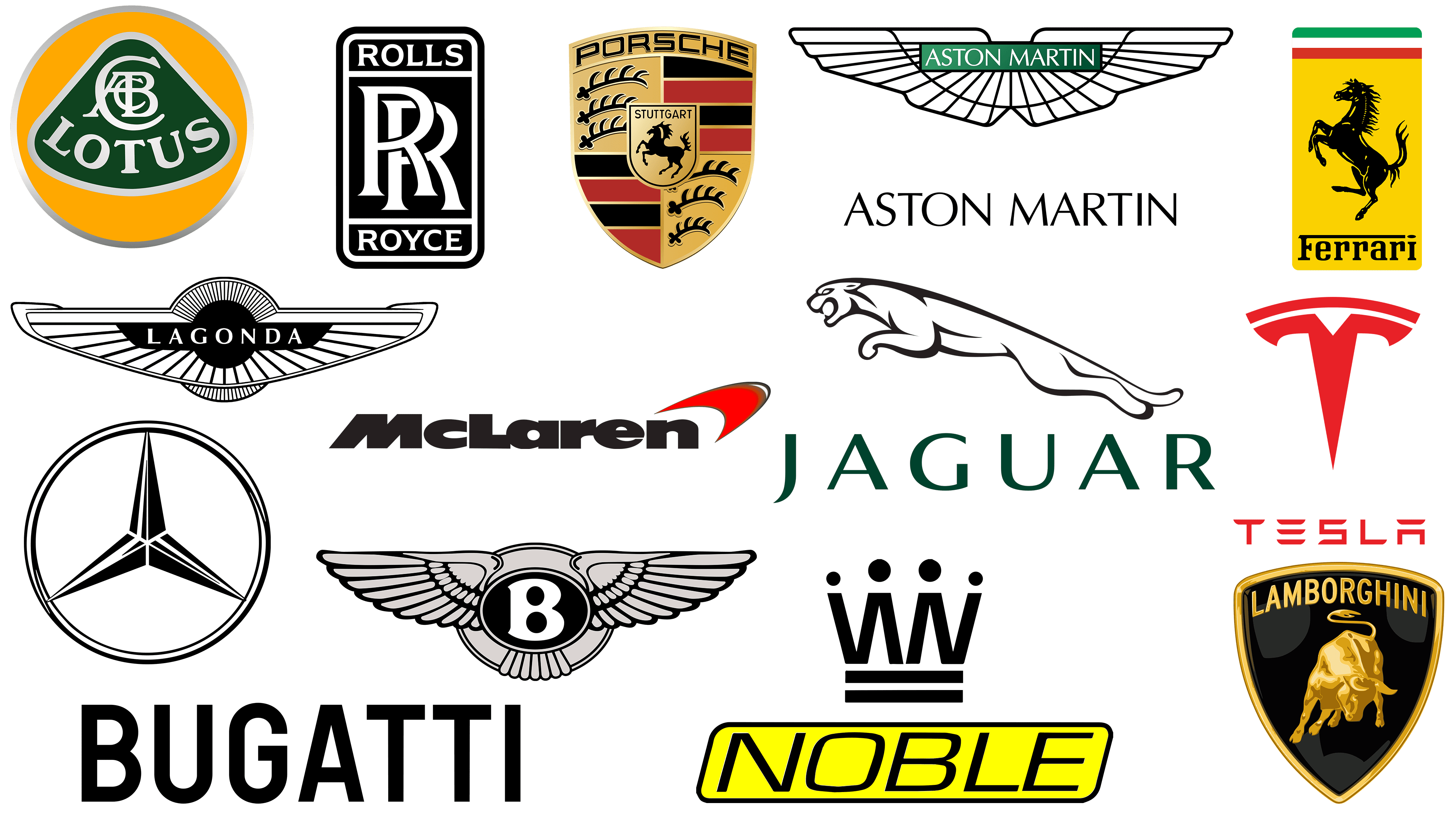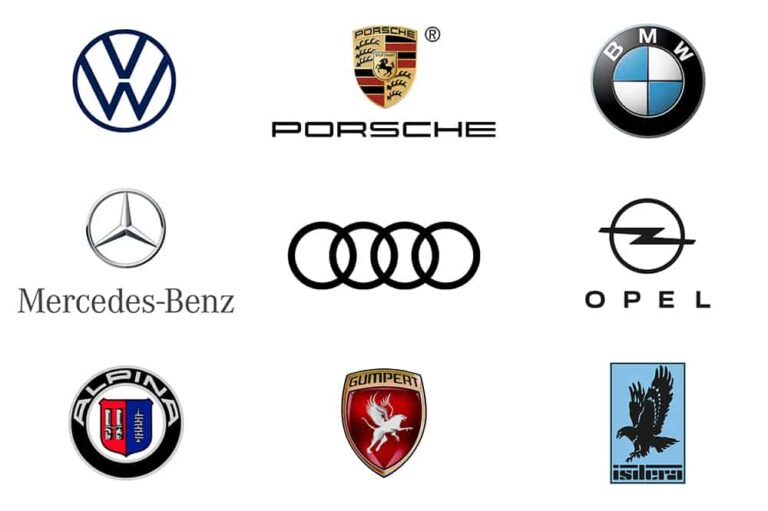How To Get A Brand New Car
How To Get A Brand New Car cars.truckstrend.com
The scent of a new car, the pristine interior, the quiet hum of an engine that’s never known wear – acquiring a brand new vehicle is a thrilling milestone for many. More than just a mode of transport, a new car represents reliability, the latest technology, enhanced safety features, and often, a significant personal investment. It’s a journey from dreaming to driving, but navigating the path to that gleaming showroom model can seem daunting. This comprehensive guide will demystify the process, providing you with the knowledge and strategies needed to confidently drive home in your perfect brand new car.
The Dream Car Hunt: Research and Selection
How To Get A Brand New Car
The first and most exciting step in getting a brand new car is figuring out what you actually need and want. This isn’t just about aesthetics; it’s about practicality, budget, and lifestyle integration.
Defining Your Needs and Wants
Before you even step foot in a dealership, take time to assess your requirements:
- Budget: How much can you realistically afford per month (including loan payments, insurance, fuel, and maintenance)?
- Lifestyle: Are you a city dweller needing something compact, a family needing space and safety, or an adventurer requiring off-road capability?
- Usage: Will it be a daily commuter, a weekend warrior, or a long-distance cruiser? Consider fuel efficiency, cargo space, and comfort.
- Must-Have Features: List essential safety features (e.g., blind-spot monitoring, adaptive cruise control), technology (e.g., Apple CarPlay/Android Auto, navigation), and comfort amenities (e.g., heated seats, panoramic sunroof).
- Resale Value: While new, consider how well the make and model holds its value for future trade-ins or sales.
![]()
Researching Makes and Models
Once you have a clearer picture of your needs, dive into research. Utilize online resources like automotive review sites (e.g., Edmunds, Kelley Blue Book, Consumer Reports), manufacturer websites, and comparison tools. Pay close attention to:
- Reliability Ratings: How often do these models experience issues?
- Safety Scores: Check ratings from organizations like NHTSA and IIHS.
- Fuel Economy: Understand the estimated MPG for different powertrains.
- Ownership Costs: Factor in expected insurance premiums, routine maintenance, and potential repair costs beyond the warranty period.
- Trims and Options: New cars often come in various trim levels with different standard features and optional packages. Understand what each offers and how it impacts the price.


The All-Important Test Drive
Never buy a car without test driving it, ideally multiple times and in various conditions similar to your daily driving. Pay attention to:
- Driving Dynamics: How does it handle? Is the steering responsive? How are the brakes?
- Comfort: Do the seats feel good? Is there enough legroom and headroom?
- Visibility: Are there any major blind spots?
- Technology Usability: How intuitive are the infotainment system and driver-assist features?
- Noise Levels: Is the cabin quiet at highway speeds?
- Parking: How easy is it to maneuver in tight spots?
Financial Planning: Budgeting and Financing Options
With your ideal car in mind, the next crucial step is solidifying your financial strategy. This involves setting a realistic budget and understanding the various ways to pay for your new ride.
Setting a Realistic Budget
Your budget should encompass more than just the car’s sticker price. Consider:
- Purchase Price: The agreed-upon cost of the vehicle.
- Sales Tax: Varies by state, typically a percentage of the purchase price.
- Registration and Title Fees: State-specific fees to legally register and title the car in your name.
- Documentation Fees: Dealership administrative fees (these can sometimes be negotiated or questioned).
- Insurance: Get quotes before buying, as premiums vary significantly by vehicle type, your driving record, and location.
- Fuel Costs: Estimate your monthly fuel expenditure.
- Maintenance: While new cars have warranties, there will still be routine maintenance costs.
- Optional Add-ons: Resist high-pressure sales for extended warranties, paint protection, or VIN etching unless you’ve researched and truly want them.
Understanding Financing Options
There are generally three ways to pay for a new car:
- Cash Purchase: If you have the funds, buying with cash avoids interest payments entirely. This gives you significant leverage in negotiations.
- Car Loan (Financing): The most common method. You borrow money from a bank, credit union, or the dealership’s finance department and repay it, with interest, over a set term (e.g., 36, 48, 60, 72, or 84 months).
- Interest Rate (APR): A lower APR means lower total cost. Your credit score significantly impacts the rate you qualify for.
- Loan Term: Shorter terms mean higher monthly payments but less interest paid overall. Longer terms reduce monthly payments but increase total interest.
- Down Payment: A larger down payment reduces the loan amount, lowers monthly payments, and can help secure a better interest rate. Aim for at least 10-20% if possible.
- Leasing: Essentially a long-term rental. You pay for the depreciation of the car during the lease term, plus interest.
- Pros: Lower monthly payments than buying, always driving a new car, covered by warranty.
- Cons: Mileage limits (overage fees apply), no equity built, fees for wear and tear, no customization, no car at the end of the term unless you buy it out.
- Ideal For: Those who like to drive a new car every few years, have predictable driving habits, and prefer lower monthly costs.
The Importance of Your Credit Score and Pre-Approval
Your credit score is paramount when seeking a car loan. A higher score (generally 700+) will qualify you for the best interest rates. Before visiting a dealership, check your credit score and consider getting pre-approved for a loan from your bank or credit union. This gives you a concrete loan offer, empowers you to negotiate better with the dealership, and separates the car price negotiation from the financing negotiation.
The Dealership Experience: Negotiation and Purchase
This is where the rubber meets the road. Approaching the dealership informed and prepared can save you thousands.
Finding Reputable Dealerships
Look for dealerships with positive online reviews, especially regarding sales transparency and customer service. Call ahead to confirm inventory and set an appointment.
Understanding Pricing: MSRP vs. Invoice Price
- MSRP (Manufacturer’s Suggested Retail Price): The sticker price, the highest price the manufacturer suggests. This is the starting point for negotiation.
- Invoice Price: What the dealership supposedly paid the manufacturer for the car. This is often seen as a target for negotiation, though dealerships have other incentives (holdback, volume bonuses) that allow them to sell below invoice and still profit.
- Incentives and Rebates: Manufacturers often offer cash rebates, low APR financing, or special lease deals. These can significantly reduce your final price. Research these beforehand on manufacturer websites.
The Trade-In
If you have an old car to trade in, get its value assessed before you go to the dealership. Use online tools like Kelley Blue Book (KBB) or Edmunds to get an estimated trade-in value.
- Separate Negotiation: Always negotiate the price of the new car first, independent of your trade-in. Once you have a firm price for the new car, then introduce your trade-in. This prevents the dealer from shifting profits between the two transactions.
- Consider Selling Privately: You’ll almost always get more money selling your old car privately than trading it in, but it requires more effort.
Negotiation Strategies
- Be Prepared: Know your target price, desired monthly payment (but negotiate on the total price first!), and trade-in value.
- Be Patient: Don’t rush. The dealer wants to close the sale quickly.
- Negotiate the Out-the-Door Price: Focus on the total price you will pay, including all fees, taxes, and the cost of the car.
- Walk Away: Be prepared to leave if the deal isn’t right. Often, this can prompt a better offer.
- Avoid Focusing on Monthly Payments Alone: Dealers can manipulate the loan term or add-ons to make monthly payments seem lower, while you end up paying more overall.
- Say "No" to Unnecessary Add-ons: Resist pressure to buy paint protection, fabric guard, extended warranties, or VIN etching unless you’ve thoroughly researched and decided they are worth the cost for you.
Understanding the Paperwork
Once you agree on a price, you’ll enter the finance and insurance (F&I) office. Read every document carefully before signing.
- Sales Contract: Ensure the agreed-upon price, trade-in value, interest rate, and terms are accurately reflected.
- Warranty Information: Understand what’s covered by the factory warranty and for how long.
- Review All Charges: Question any fees or charges you don’t understand or didn’t agree to.
Beyond the Purchase: Registration, Insurance, and Maintenance
Congratulations! You’ve bought your new car. But the process isn’t quite over.
Vehicle Registration and Titling
The dealership often handles the initial registration and titling for you, but confirm this and understand what’s required on your end. You’ll receive your plates and registration documents, and the title will typically be sent to your lender (if financed) or directly to you.
Getting Adequate Car Insurance
Before you drive off the lot, your new car must be insured. You should have already obtained quotes, but now finalize your policy. Ensure you have adequate coverage, including liability, collision, comprehensive, and potentially gap insurance (especially if you put little money down or have a long loan term, as it covers the difference if your car is totaled and you owe more than its market value).
Initial Maintenance and Warranty Understanding
New cars come with a factory warranty, typically covering major components for a set period or mileage. Understand what your warranty covers and what it doesn’t. Follow the manufacturer’s recommended maintenance schedule to keep your warranty valid and your car running optimally. The first service is often a simple check-up, sometimes even free.
Accessories and Customization
Now for the fun part! Consider any accessories you might want, such as floor mats, cargo organizers, or roof racks. Be wary of purchasing these directly from the dealership at inflated prices; often, you can find them cheaper online or from aftermarket suppliers.
Estimated Costs Associated with Acquiring a New Car
The final cost of getting a brand new car is multifaceted. Here’s a table outlining the typical components and their estimated ranges. These are estimates and will vary significantly based on the vehicle chosen, your location, and individual circumstances.
| Cost Category | Description | Typical Range (Approximate) | Notes |
|---|---|---|---|
| Vehicle Price | MSRP / Negotiated Selling Price of the Car | $25,000 – $60,000+ | Highly dependent on make, model, trim, and options. Negotiation is key here. |
| Sales Tax | Percentage of the purchase price, varies by state | 3% – 10% of vehicle price | Calculated on the final selling price (after incentives, before trade-in credit in some states). E.g., $30,000 car @ 7% tax = $2,100. |
| Registration & Title | Fees for plates, registration, and transferring title | $50 – $500 | Varies by state, vehicle type, and weight. Some states have annual renewal fees. |
| Documentation Fees | Dealership administrative costs for processing paperwork | $0 – $500 | Legality and caps vary by state. Often non-negotiable but can be questioned. |
| Loan Interest (Total) | Total interest paid over the life of the loan (if financing) | $1,000 – $10,000+ | Varies wildly by loan amount, APR, and term. A $30,000 loan at 5% over 60 months accrues approx. $3,900 in interest. |
| Down Payment | Initial cash paid upfront (reduces loan amount) | 10% – 20% of vehicle price | Recommended to reduce monthly payments and total interest. Not a "cost" but an initial outlay. |
| Car Insurance (Annual) | Cost for comprehensive coverage | $1,200 – $3,000+ | Varies significantly by driver’s age, driving record, location, vehicle type, and chosen coverage. Get quotes before buying. |
| Fuel Costs (Annual) | Estimated cost of gasoline/electricity | $1,500 – $3,500+ | Highly dependent on vehicle’s fuel efficiency, mileage driven, and current fuel prices. |
| First Service/Maint. | Initial check-ups and oil changes | $0 – $200 | Often covered under the manufacturer’s warranty or a complimentary first service for new cars. |
| Optional Add-ons | Extended warranties, paint protection, rust proofing, VIN etching, accessories | $500 – $3,000+ | These are highly profitable for dealers; carefully consider if they offer true value for you. Often cheaper elsewhere. |
| Gap Insurance | Covers the "gap" between what you owe and what insurance pays if car is totaled | $300 – $700 (one-time) | Recommended if you have a high loan-to-value ratio (e.g., small down payment). Can often be bought cheaper from your insurer or third-party than dealership. |
Frequently Asked Questions (FAQ)
Q: Is it better to buy or lease a brand new car?
A: It depends on your lifestyle. Buying builds equity and allows you to keep the car long-term. Leasing offers lower monthly payments, allows you to drive a new car every few years, and is ideal if you have predictable mileage.
Q: How much down payment do I need for a new car?
A: While some loans require no down payment, a 10-20% down payment is generally recommended. It reduces your monthly payments, lowers the total interest paid, and can help you qualify for a better interest rate.
Q: What’s the best time of year to buy a car?
A: Generally, late in the calendar year (October-December) is good as dealerships try to clear out current year models for incoming new ones. Also, end of month or end of quarter can be good as sales teams try to hit quotas.
Q: Should I trade in my old car at the dealership?
A: It’s convenient, but you’ll almost always get less than selling it privately. If you do trade in, negotiate the new car’s price first before discussing your trade-in.
Q: What’s an "invoice price" and why does it matter?
A: The invoice price is what the dealer supposedly paid the manufacturer. While dealers have other incentives, knowing the invoice price gives you a baseline for negotiation. Aim to negotiate between invoice and MSRP, factoring in any available incentives.
Q: How long does the new car buying process usually take?
A: From initial research to driving off the lot, it can range from a few weeks to a few months. The actual purchase day at the dealership can take 2-4 hours, sometimes longer, depending on negotiations and financing.
Conclusion
Getting a brand new car is a significant financial decision and an exciting personal journey. By approaching the process with thorough research, meticulous financial planning, and confident negotiation strategies, you can transform what might seem like a complex endeavor into a smooth and satisfying experience. Remember to define your needs, secure your financing, negotiate wisely, and always read the fine print. With this knowledge, you’re not just buying a car; you’re investing in reliability, safety, and the joy of a fresh start on the open road. Enjoy the exhilarating feeling of driving your brand new car, knowing you made an informed and empowered decision.





